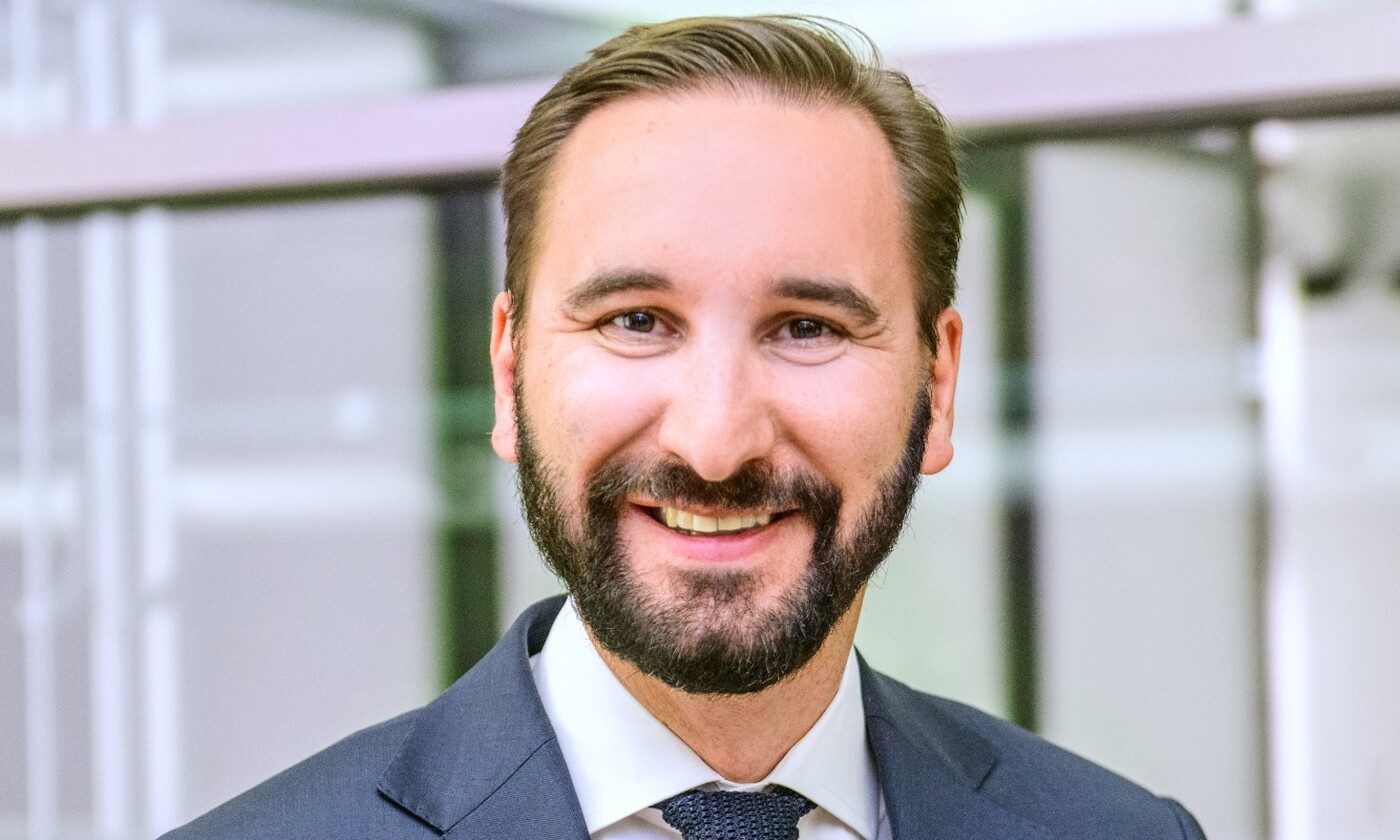Hong Kong and Singapore have established a rivalry while vying for the top spot as Asia’s hub in various fields. With regards to art, the former is the clear winner especially after recent developments in West Kowloon, according to UBS’s Eric Landolt in a conversation with finews.asia.
In 2023, the total trade value of art, collectors' pieces and antiques traded in Hong Kong amounted to over HK$105 billion ($13.4 billion), according to data from the government census, accounting for 1.2 percent of overall goods traded. This makes Hong Kong one of the top art trading centers worldwide, which is in line with local authorities’ strategic goal of establishing the city as an art hub.
«With the support of [Beijing’s] National 14th Five-Year Plan, the Government is committed to promoting Hong Kong as an East-meets-West center for international cultural exchange,» said secretary for culture, sports and tourism Kevin Yeung in response to recent questions in parliament. «In addition, Hong Kong's low tax rate and thriving art fairs have attracted art lovers from all over the world to participate in Hong Kong's art trading events.»
West Kowloon
According to Eric Landolt, global co-head family advisory, art and collecting, UBS Global Wealth Management, the establishment of West Kowloon as a cultural hub has furthered Hong Kong’s status as a global art center. He cited the opening of M+ in 2021 as an example with the museum showcasing not only international art but also «quintessentially Asian names». The district also happens to be the location for UBS’s new Hong Kong office.
«With the development of the West Kowloon district as a major cultural hub […] the pivotal role of Hong Kong as a hub for the arts became obvious to the curatorial world on a global scale,» said Landolt in an interview with finews.asia.
«The Hong Kong government is a strong supporter of the arts, and this is underlined by the many events during this year’s Art Basel HK week, cementing Hong Kong’s global footprint in terms of primary and secondary local as well as international market.»
Hub Rivalry
While Hong Kong and Singapore have appeared in numerous headlines as rivals to become Asia’s leading hub in various fields like finance and tech, the former is a clear winner in arts.
«Similarly, the Lion City’s cultural scene benefits from the support of its government with prominent institutions such as the Singapore National Gallery which opened to the public in 2015, as well as a booming art ecosystem,» Landolt commented. «While ArtSG established itself as a hub for mostly Southeast Asian art in the region, Hong Kong remains the door for both regional and international art catering for global collectors.»
Chinese Demand
As a result of Hong Kong’s developments, combined with the mainland’s post-pandemic rebound, China became the world’s second-largest art market in 2023, according to a recent UBS report. The growing maturity of the market has led to an increasing mix in demand.
«We see more and more collectors from the Greater China region wanting to not only focus on the AAA list of Chinese contemporary artist names, but diversify their collections to include international artists of the same league,» Landolt said. «At the same time, many collectors who started collecting works of artists focusing on ink as a medium are including more and more non-traditional works in their collections and vice versa.»
Role of Banks
While UBS does not engage in art financing, it plays other roles in supporting collectors via its art advisory unit established over 25 years ago. This includes advisory and execution services related to the whole life cycle of clients’ art collections from developing a strategy to reviewing governance.
«As such, we consider art collections in the context of our clients’ overall wealth alongside their entrepreneurial activities, financial assets and other real assets, and advise clients holistically in close collaboration with other in-house specialist teams such as family advisory, philanthropy services and wealth planning,» said Landolt.
Art DNA
Beyond advice, UBS also focuses on engagement and connectivity opportunities for clients to link up with established collectors and events as well as public appreciation.
«Art is part of UBS’s DNA,» Landolt added. «We hope to inspire our clients and the wider public through the UBS Art Collection, comprising over 30,000 artworks, displayed both in our offices across the globe and on loan in prominent museums, with the mission to continue to support living artists and the art ecosystem as a whole.»


